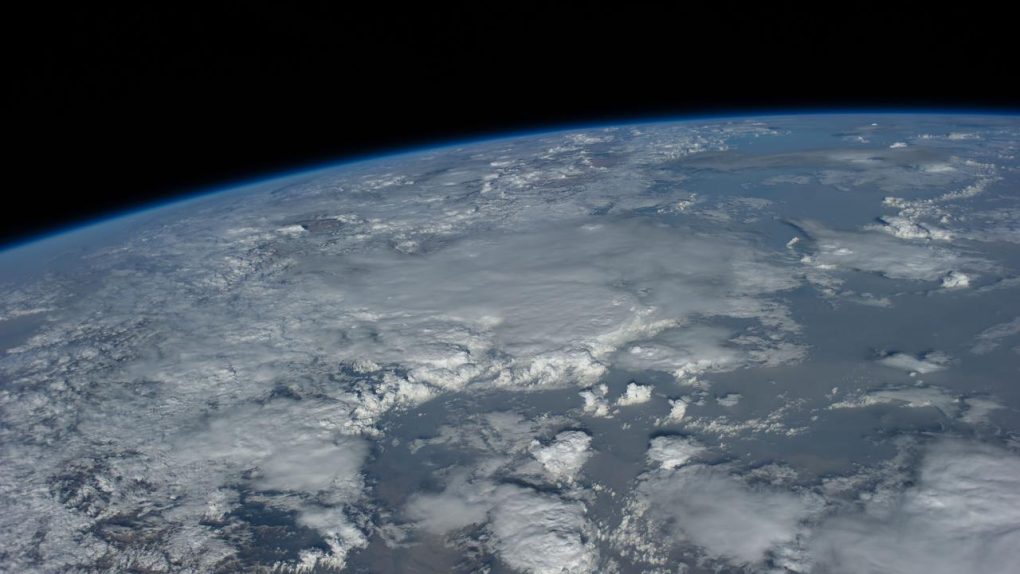- A day on Earth was just 23.5 hours long, 70 million years ago.
- Researchers discovered this by studying the growth rings of ancient mollusk fossils.
- The findings could tell us more about or planet and its relationship with the Moon.
- Visit BGR’s homepage for more stories.
A full day on Earth hasn’t always been 24 hours long. A new study reveals that a day on our planet once lasted approximately 23.5 hours, and it wasn’t that long ago that days were significantly shorter. The finding was made possible by studying the fossilized shells of a mollusk that died 70 million years ago.
By closely examining the growth things of the mollusk shells, and knowing what they already know about how fast mollusk shells grow, the researchers were able to measure the number of days in a year. When the mollusks lived — some 70 million years ago — there were actually 372 days in a year instead of 365, and each day was roughly a half-hour shorter than our days are now.
The results of the study, published in Paleoceanography and Paleoclimatology, means that Earth rotated more rapidly 70 million years in the past. The difference isn’t dramatic, but it would be noticeable to us today. Ever feel like there just aren’t enough hours in the day? How about having 30 minutes less each day? Yeah, that doesn’t sound good.
The conclusions made by the researchers were only possible because of the quality of the fossil and high-resolution imaging of the growth rings. The scientists were able to observe individual rings of growth occurring by the day, effectively offering a detailed log of the day/night cycle the creatures lived with. The shells grew faster during the day and that growth slowed at night.
“We have about four to five data points per day, and this is something that you almost never get in geological history,” Neils de Winter, lead author of the new study, said in a statement. “We can basically look at a day 70 million years ago. It’s pretty amazing.”
It’s an interesting window into Earth’s past, and it could offer scientists additional insights into a different area of research: the relationship between the Moon and Earth. Earth’s year has remained relatively constant for billions of years, but the length of the day has changed over time. This is attributed to the Moon’s gravitational pull on our planet’s ocean waters, gradually slowing the Earth’s rotation over hundreds of millions of years.
At the same time, the Moon is slowly separating itself from Earth each year. The change is small, less than two inches per year, but it’s measurable. Making that present-day data mesh with historical observations has been a challenge, but the more points of reference scientists have, the better. Going forward, the team plans on using the same technique to date other fossils and learn even more about how long days were at different points throughout Earth’s history.








